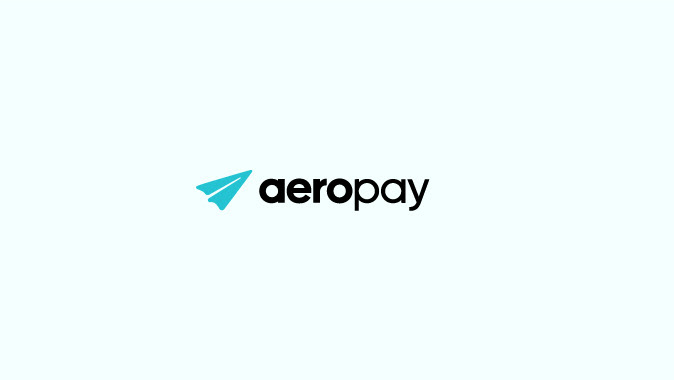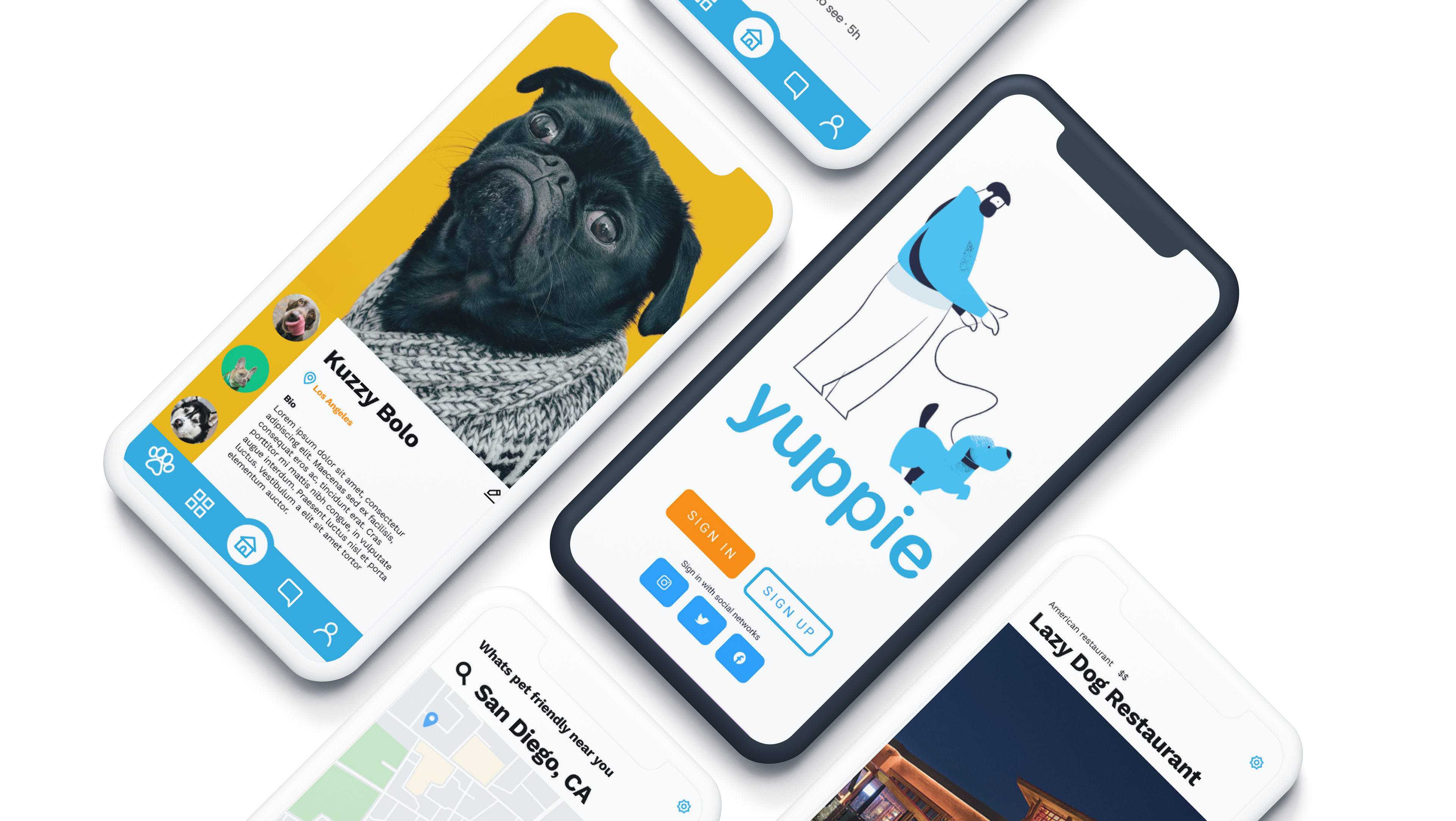Overview
Paragon is a carbon-neutral and eco-friendly NFT marketplace. Paragon will meet your needs whether you’re getting started with NFTs or are a seasoned NFT trader. To get started, create a profile and begin browsing through NFT collectibles. If you see one you want to buy, you can favorite it. You can also see what’s trending.
My Role: Researcher and Designer
Tools: Figma, Adobe XD and Adobe Illustrator
Type: Passion Project
The Problem
NFT transactions use an enormous about of energy, a single Ethereum transaction consumes more than 70.32 kWh, enough to power 1 U.S. household for 2.5 days. This is equivalent to a carbon footprint of around 34 Kg of carbon dioxide. Compared with traditional sources of consumption, this carbon footprint is equivalent to watching more than 5,700 hours of YouTube videos or over 100,000 credit card transactions.
How can I build an eco-friendly NFT marketplace and make it user-friendly for new and old patrons?
RESEARCH
Market Research
I started off the project with research to understand and gain insight into the frustrations and needs of the users. For more insights, I summarized essential points from the gathered data collection and statistics related to the research goals/topic:
• OpenSea recorded well over $3.5 billion in NFT trading volume
• The NFT market earned an outstanding $13.7 million in sales in the first half of 2020
• 2 million collections and over 80 million NFTs
• OpenSea has famous investors like Mark Cuban, Kevin Durant, and Ashton Kutcher
• Does not impose a fee to mint NFT.
• The price of Ethereum has risen by 960% since the first NFTs were minted.
• Cardano has emerged as a blockchain with the potential to challenge Ethereum's dominance.
• As part of the ongoing roll-out of our gas-free marketplace, users can now purchase Polygon assets with credit and debit cards on OpenSea.
RESEARCH
Competitive Analysis
• Apple review of OpenSea, the top NFT marketplace
RESEARCH
Interviews
In order to gain qualitative data about users’ goals, needs, frustrations, and motivations, I conducted user interviews on users that fit the demographics from market research. I completed interviews with five different interview participants. Three are NFT sellers that have years of crypto experience, and two are new to the NFT market but have experience in crypto. Below are some of the interesting findings from the interview:
•
•
•
•
•
RESEARCH
Empathy Map
After conducting the interviews, I took the interview transcripts, transferred them to post-its, and looked for patterns and similar topics across the empathy map, which formed three main insights from where I generated the users' needs.
RESEARCH
User Persona
Based on gathered research, combined with insights from an empathy map, I created a persona that represents Paragon's key audience segment.
DEFINE & IDEATE
POV statements and HMW questions
I created the POV statements and HMW questions to be able to define the problem statements from the insights and needs of the persona and to formulate questions that would help generate ideas that would lead to different solutions.
STRATEGY
Project Goals
Combining business goals from the design brief and user goals from the research, I created a diagram that represents the project goals necessary to identify necessary factors to consider when designing the new feature.
STRATEGY
Feature Roadmap
I created a feature roadmap that ranked features by priority mainly based on business goals, competitors, primary research, effort, and confidence.
STRATEGY
Site Map
Now that we have defined the necessary features that will be included in our product, we then define the structure of these contents inside the app — its hierarchy, organization, general flow. Building from the product goals, and feature roadmap, I created a sitemap that included proposed pages to help visualize the structure of Paragon including the new features.
INTERACTION DESIGN
Task Flow
Simulating the flow a user follows to achieve a main task on the website, I focused on smaller processes needed for the main task and was able to outline the key screens needed for the new feature.
INTERACTION DESIGN
User Flow
Considering the persona, I generated a more complex scenario the persona could encounter. This process ensures that all screen needed to complete the main task are accounted for.
INTERACTION DESIGN
Sketches
Before going digital, I sketched out the key screens necessary for fulfilling the tasks in our user flow. Sketching first allowed me to brainstorm different ideas on how to design different screens effectively. Below are the final sketches that I intend to use when moving into digital wireframing.
INTERACTION DESIGN
Wireframes
Next, I created high-fidelity wireframes mainly to serve as a blueprint for the visual interface and to be used for a prototype that allows us to test the effectiveness of visual hierarchy, priority, and flow before implementing more details, such as font and colors.
TESTING
Usability Testing




